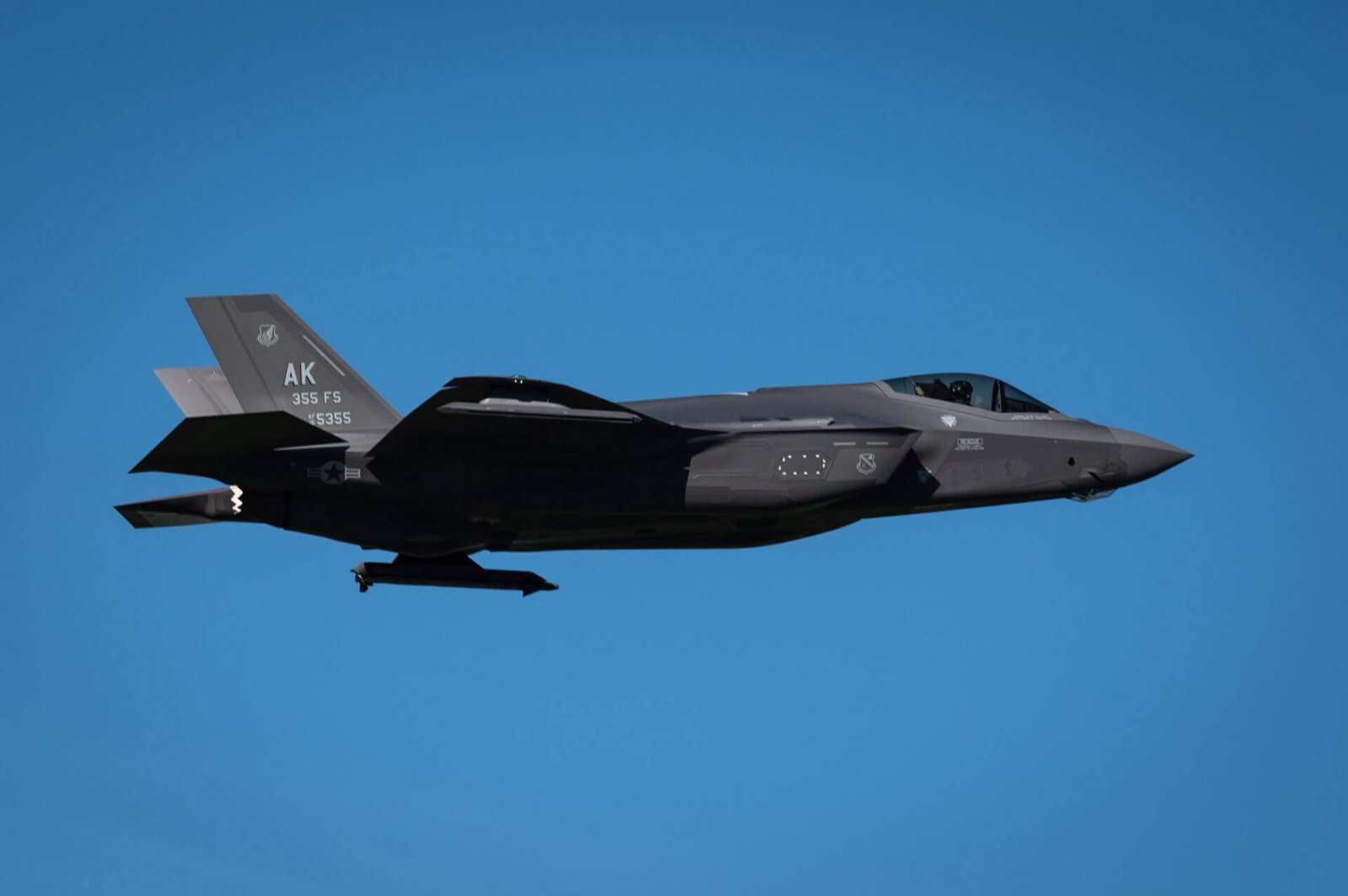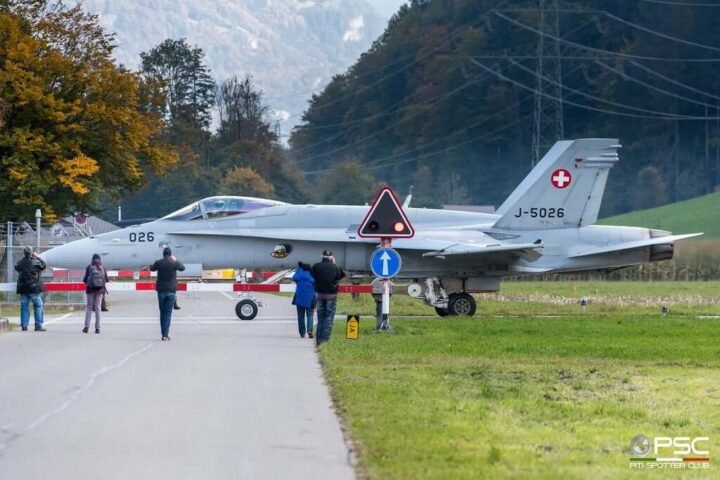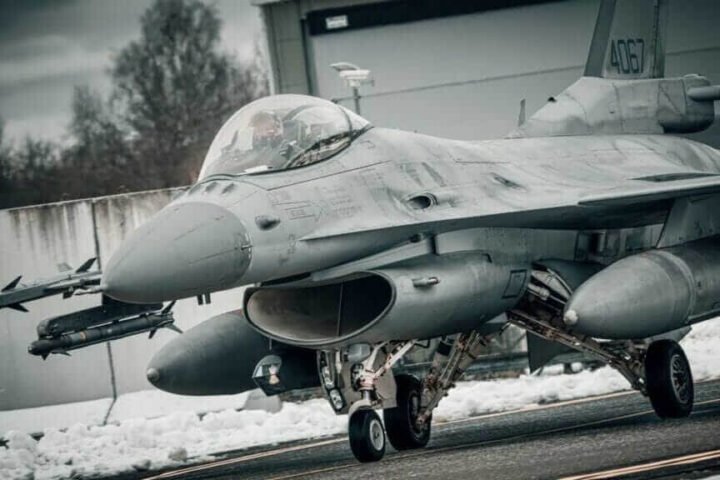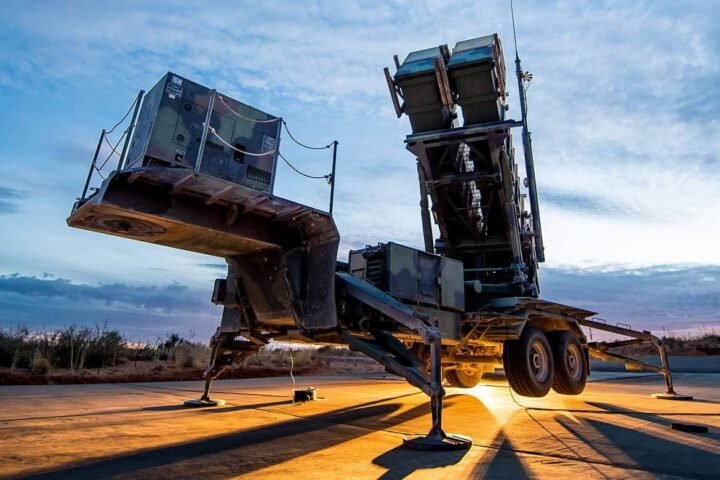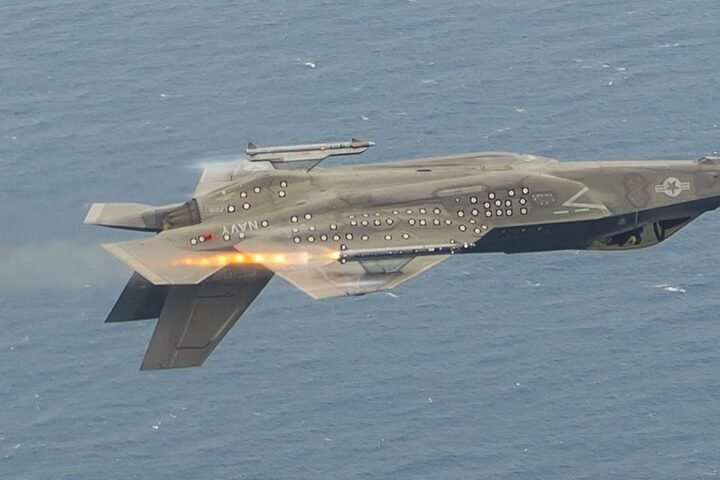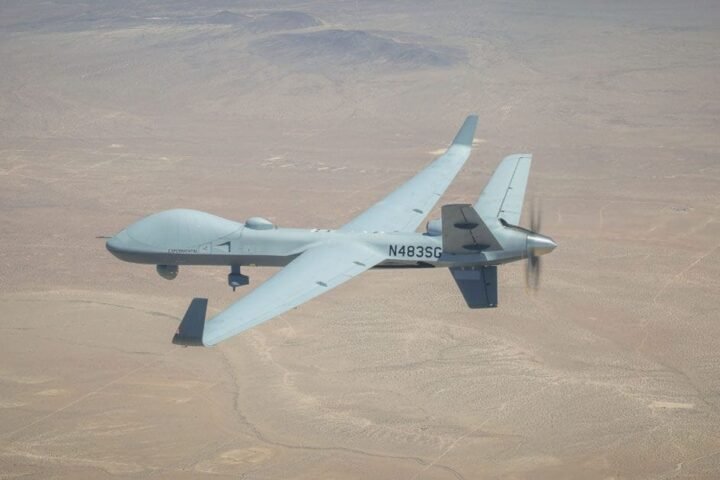The Pacific Air Forces has made public the Aircraft Accident Investigation Board (AIB) report on the accident that on January 28th destroyed an F-35A Lightning II from the 355th Fighter Squadron, 354th Fighter Wing, at Eielson Base in Alaska.
The investigation, conducted by Colonel Michael B. Lewis, details the technical causes and organizational issues that led to the loss of the aircraft, estimated at $196.5 million.
The Accident Sequence

The fighter, the third plane in a four F-35 formation, suffered an immediate malfunction in the **front landing gear**, which remained tilted by approximately 17 degrees to the left due to **freeze of the hydraulic fluid contaminated by water**.
After almost an hour of waiting in flight and two ‘touch-and-go’ attempts to realign the gear, the issue worsened: the main gears did not fully extend, causing the **Weight on Wheels (WoW)** sensors to falsely indicate that the aircraft was on the ground.

The F-35 then entered **’on ground’** control mode, designed for ground operations only and incompatible with flight. The pilot, an experienced instructor and examiner with over 550 flight hours in the Lightning II, lost control and had to eject at about 370 feet from the ground. He survived with **minor injuries**.
Technical Causes

Air Force Research Laboratory (AFRL) analyses revealed that up to **a third of the hydraulic fluid recovered from the gear struts was actually water**. Under arctic conditions like those at Eielson (temperature around -17 °C during the flight), the water froze, blocking the landing gear pistons and **preventing the correct extension of the actuators.**

A subsequent test on another F-35 at the base, involved in a similar malfunction a few days later, confirmed that **water trapped in hydraulic circuits in cold climates can freeze, blocking the landing gear and causing the WoW sensors to read falsely.**
Organizational Challenges
The investigation highlighted that the incident was not merely the result of a malfunction, but a **reflection of structural weaknesses in the maintenance management**. The 355th Fighter Generation Squadron’s HAZMAT (_Hazardous material_) program suffered from a chronic lack of supervision and consistency: leaders were often replaced and there was no stable coordinator.

In this context, several barrels of hydraulic fluid were reused even though they were already labeled as ‘used up’, and some of them **were left outside for weeks, exposed to adverse weather conditions that favored contamination.**
Maintenance procedures were also not applied with necessary diligence. During maintenance on January 25, just three days before the incident, technicians used **less fluid than necessary** and did not detect water already inside the struts, a sign of an anomaly that should have been noticed.
Finally, the decisions made during the in-flight conference call between the pilot, supervisors, and Lockheed Martin engineers did not lead to effective solutions: attempts to **realign the gear by doing ‘touch-and-go’ maneuvers** ultimately worsened the situation.

